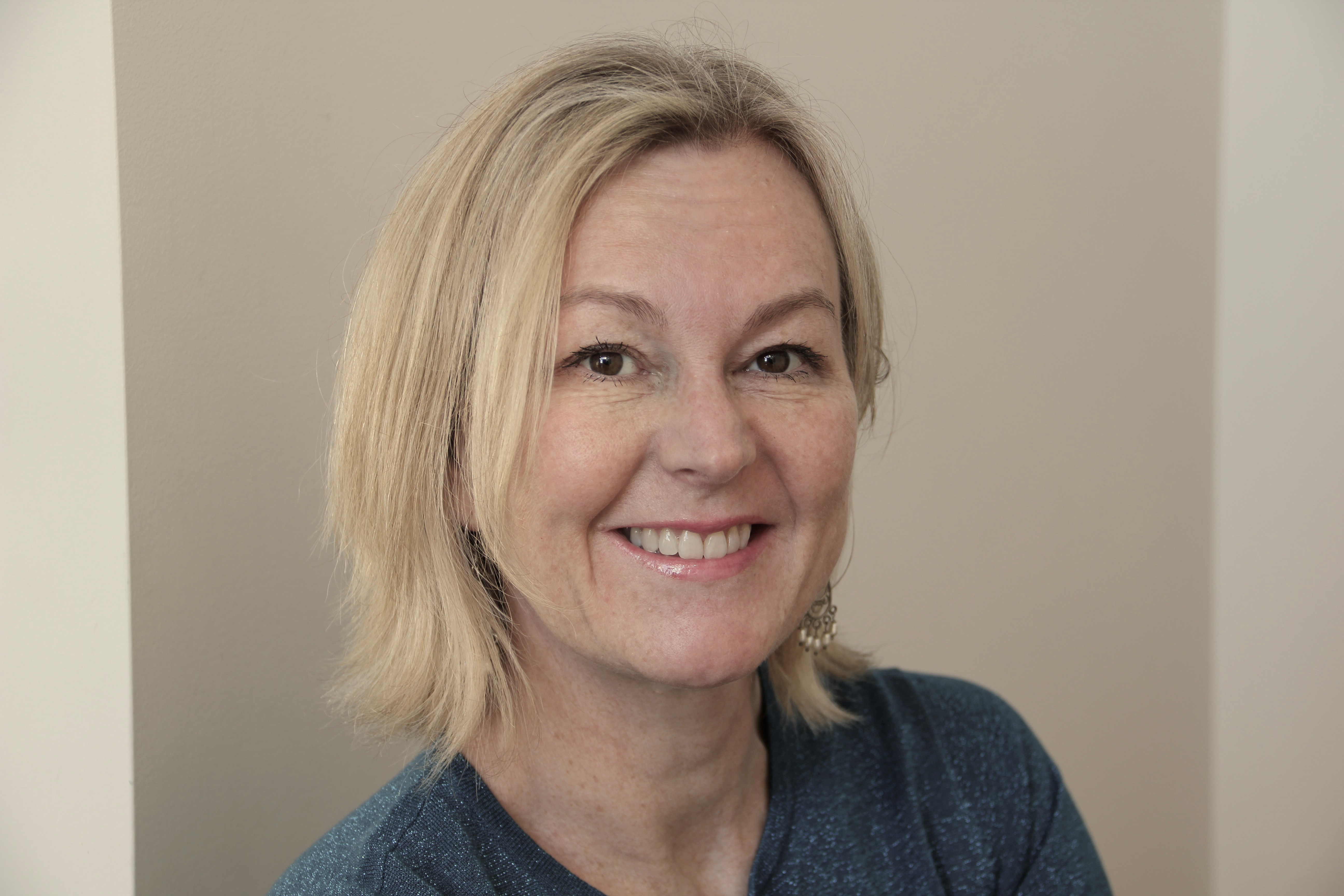
Cervical Cancer - Are we on track to eradicate this disease?
By A/Prof Rhonda Farrell, Gynaecological Oncologist and Advanced Laparoscopic Pelvic Surgeon at The Prince of Wales Private Hospital
Cancer of the cervix (cervical cancer) is the fourth most common cancer in women around the world and causes over 300,000 deaths annually. Almost all (over 99%) of cases are caused by an infection with human papilloma virus (HPV), a common virus transmitted through sexual contact. In most women and men, HPV is cleared by the immune system within 1-2 years. However, in some cases of infection with a high-risk virus (particularly HPV 16 or 18), the virus is not cleared and if it is not detected by screening, after about 5-10 years can cause pre-cancer and then cancer of the cervix.
Cervical cancer is therefore a truly preventable disease. If young women and men undergo HPV vaccination, and women participate in screening, cervical cancer can be eliminated. We are extremely fortunate in Australia to have a free, safe, and effective vaccination and screening programme. The National Immunisation Programme provides free Gardasil-9 vaccine to 12-13-year-old girls and boys at school. People under the age of 20 can still get a catch-up vaccine for free through their GP. For older women, there may still be a benefit in receiving the vaccine, but this will depend on previous infection and sexual activity.
Screening for HPV in asymptomatic women begins at age 25 years. The HPV screening test is more effective than the old Pap test which means that if it is negative it is only needed every 5 years between ages 25-74.
Although Australia remains on track to eliminate cervical cancer in this country by 2035, in many low-middle income countries (including our closest neighbours) women continue to die unnecessarily from this disease. For the first time in history, through the World Health Assembly, the world has committed to a global strategy to eliminate cervical cancer using a 90:70:90 plan. By 2030, the goal is that all countries achieve 90% vaccination coverage, 70% screening coverage, and 90% access to treatment.
Australia played a critical role in the development of this strategy and we must work together to ensure we provide ongoing support - financially, politically, and personally - to this programme. Save our girls!

A/Prof Rhonda Farrell, Gynaecological Oncologist and Advanced Laparoscopic Pelvic Surgeon at Prince of Wales Private Hospital
Want to speak to an expert?
Gynaecologists work at the below Healthscope sites:
NSW
- Prince of Wales Private Hospital
- Campbelltown Private Hospital
- Nepean Private Hospital
- Newcastle Private Hospital
- Northern Beaches Hospital
- Norwest Private Hospital
- Sydney Southwest Private Hospital
QLD
- Brisbane Private Hospital
- Gold Coast Private Hospital
- Peninsula Private Hospital
- Sunnybank Private Hospital
VIC
- Frankston Private Hospital
- Knox Private Hospital
- Northpark Private Hospital
- Ringwood Private Hospital
TAS
SA
WA
ACT
NT
